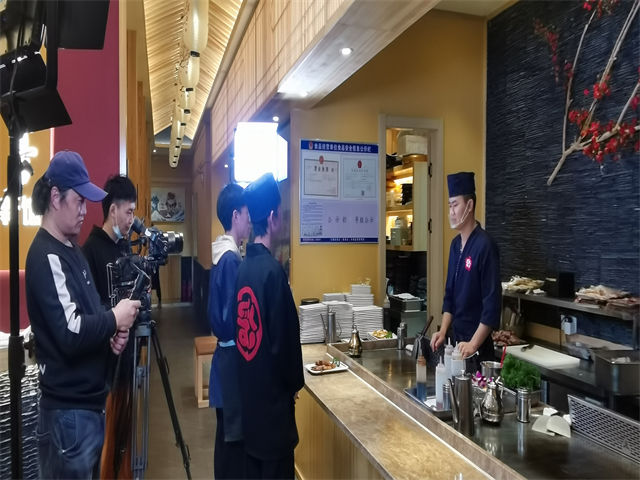Introduction
When a natural disaster strikes, it can cause devastation and destruction, leaving families and communities struggling to cope in its aftermath. One of the essential steps in disaster preparedness is creating awareness among citizens about how to protect themselves and their belongings. Creating an earthquake preparedness video is one of the best ways to help people understand and prepare for what to do in the event of an earthquake.

Step 1: Define Your Message
Before starting the filming process, it's crucial to define the message that you want to convey in your earthquake preparedness video clearly. You must create a message that is relevant to your target audience, and clearly identify the actions that the audience should take to prepare themselves for an earthquake. Some key messages to include in the video may be how to prepare an earthquake kit, what to do during an earthquake, and what to do after an earthquake.
Step 2: Develop a Script
Once you have identified your message, you need to develop a script. The script should be written in a way that is engaging, informative and easy to understand. The language should be straightforward, and clear visuals should be included to help people understand the key points even if they don’t speak the language. Make sure to include relevant statistics and facts to support your message in the script.
Step 3: Choose a Shooting Location
Choosing the shooting location is critical to the success of your earthquake preparedness video. You will need to find a location that is suitable for filming, that is free from noise, and distractions. It would be best if you also considered the background, which should be relevant to the message of your video, and the lighting, which must be adequate for filming.
Step 4: Gather or Buy the Necessary Equipment
To create a professional-looking earthquake preparedness video, you need to have the right equipment. The equipment that you will need will largely depend on your budget, and you don't have to spend a fortune on high-end equipment. Some of the essential pieces of equipment that you should have include a camera, lighting equipment, microphones, and tripods.
Step 5: Film and Edit Your Video
The final step in creating an earthquake preparedness video is to film and edit the video. During the filming process, it is essential to ensure that the actors are well-rehearsed and that the lighting and the sound are perfect. Once you have all the footage, you can start editing your video by cutting the unnecessary parts and adding graphics, background music, and animations.
Conclusion
Creating an earthquake preparedness video is an excellent way to help people prepare for earthquakes. The video can be shared via social media, on the organization’s website, and even broadcasted on local TV. With the right message, script, shooting location, and equipment, and with careful editing, your video can be an effective tool in disaster preparedness that can save lives and property.

